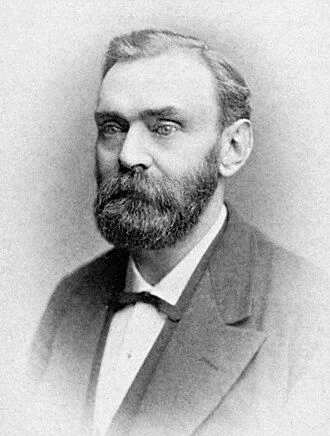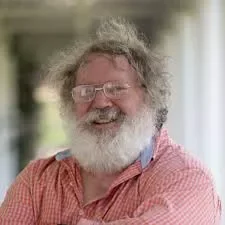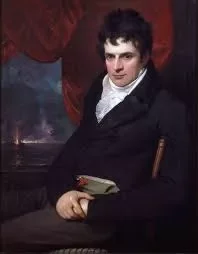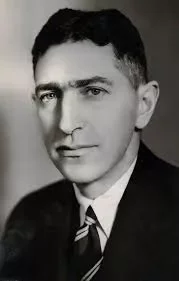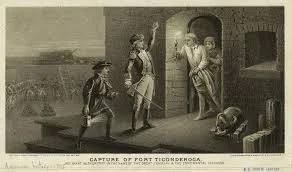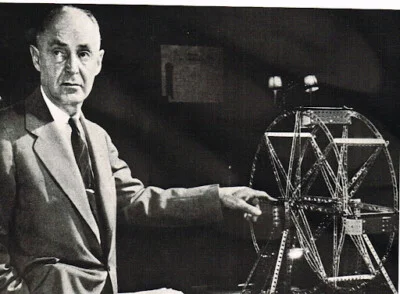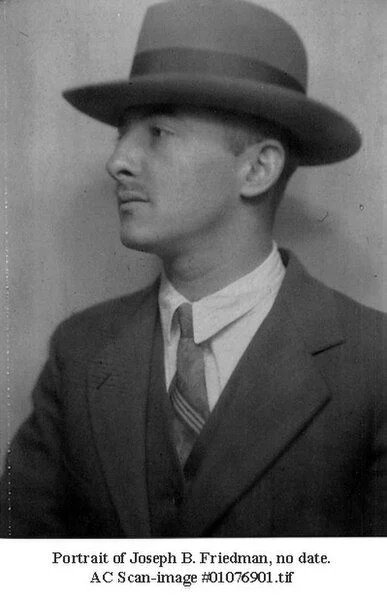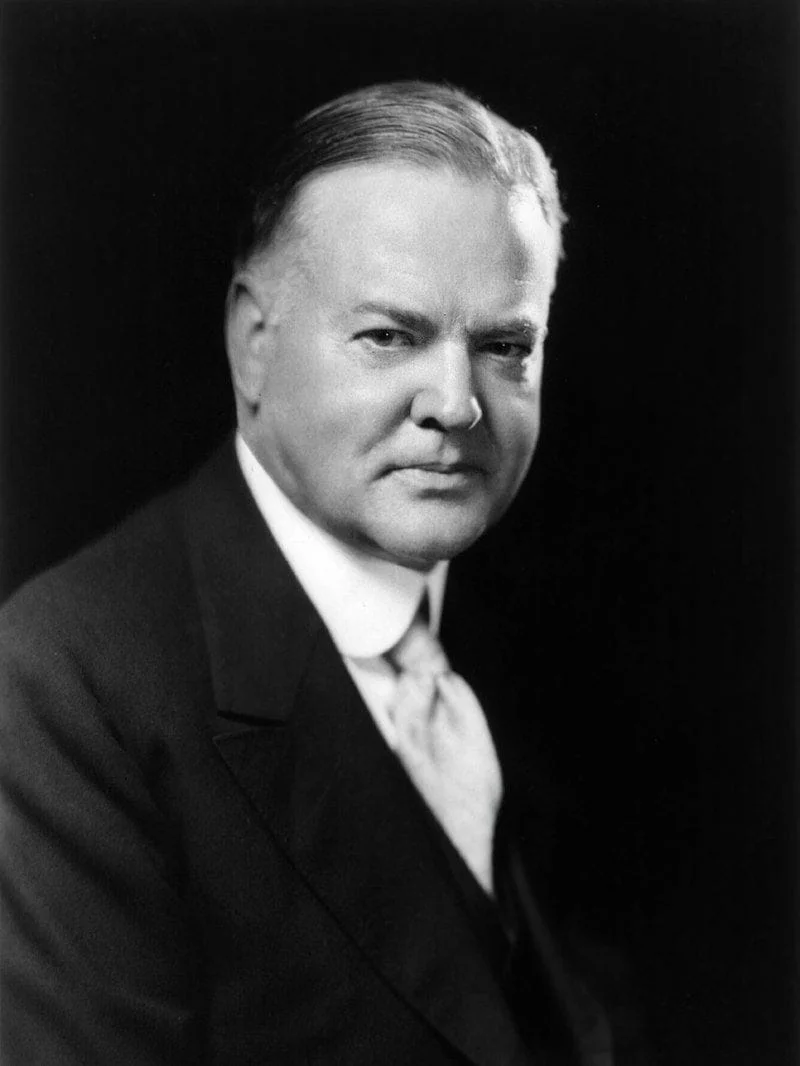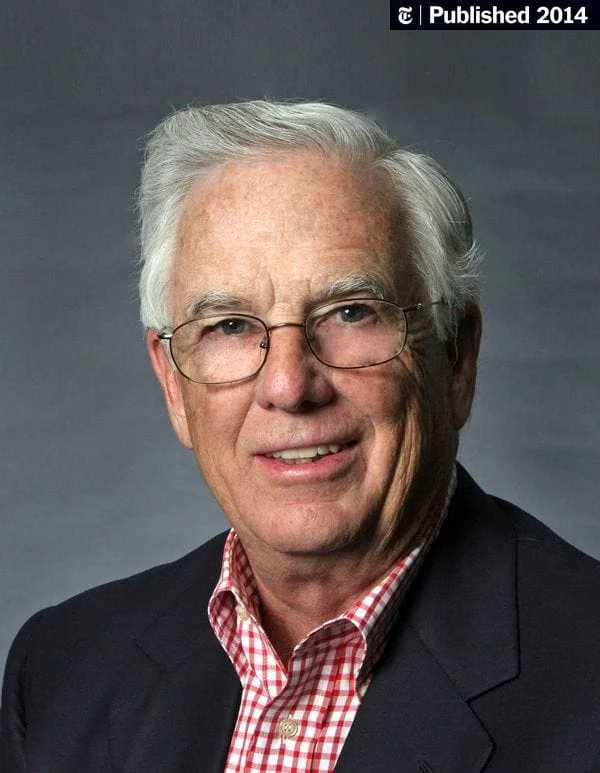Real Celebrities Never Die!
OR
Search For Past Celebrities Whose Birthday You Share
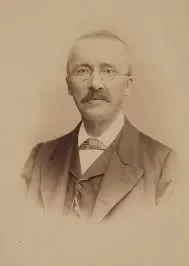
source:wikipedia.org
Heinrich Schliemann
Birthday:
06 Jan, 1822
Date of Death:
26 Dec, 1890
Cause of death:
Cholesteatoma
Nationality:
German
Famous As:
Businessman
Age at the time of death:
68
Introduction to Heinrich Schliemann
Heinrich Schliemann was a German businessman and archaeologist who gained fame for his excavations of historical sites linked to the legends of Troy and Mycenae.
Early Life and Family Background
Schliemann was born on January 6, 1822, in Neubukow, Mecklenburg-Schwerin (part of the German Confederation) to Luise Therese Sophie Schliemann and Ernst Schliemann, a Lutheran minister.
Childhood in Ankershagen
Shortly after his birth, Schliemann’s family moved to Ankershagen, which later housed the present Heinrich Schliemann Museum. He was the fifth of nine children.
Loss of His Mother and Early Education
Schliemann grew up in a household where his father was a poor pastor, and he lost his mother at a young age. After her death, the young Schliemann was sent to live with his uncle, who was also a pastor.
Early Passion for History
As a child, Schliemann developed an interest in history, which was encouraged by his father.
Struggles in Education
Schliemann was briefly enrolled in the Gymnasium (grammar school) at Neustrelitz but had to leave after three months. He later transferred to the Realschule (vocational school) after his father was accused of embezzling the church’s funds.
Early Career as an Apprentice
Schliemann wasn’t able to attend a university due to his family’s poor background. After dropping out of Realschule, he became an apprentice at Herr Holtz’s grocery in Fürstenberg.
Hardships and Financial Success
Schliemann had a rough beginning and did various menial jobs to survive. Eventually, luck shone on him, and he amassed his wealth through trade and investments in various countries, including Russia and the United States. In 1863, he retired from business to dedicate himself to his lifelong ambition of uncovering the truth behind the Homeric epics.
Transition to Archaeology
Believing that the tales of the Trojan War and Greek mythological heroes were rooted in reality, Schliemann embarked on an archaeological career, exploring sites in Turkey, Greece, and Italy.
Discovery of Troy
One of Schliemann’s notable achievements was his claim to have discovered the location of Troy at Hissarlik in northwestern Turkey. Between 1870 and 1890, he conducted numerous excavations at this site.
Exploration of Mycenae
In addition to Troy, Schliemann unearthed the ancient city of Mycenae in southern Greece, where he found valuable tombs and artifacts that he attributed to King Agamemnon and his followers.
Other Archaeological Ventures
Schliemann also explored other sites connected to the Aegean’s Bronze Age civilizations, such as Tiryns, Orchomenus, and Ithaca.
Criticism of His Excavation Methods
Schliemann faced criticism from both his contemporaries and later scholars for his excavation techniques, which were deemed destructive and lacking in care. He employed dynamite and large teams of workers to dig through layers of soil, often causing unintentional damage or destruction of valuable discoveries.
Heinrich Schliemann's Quote's
Personal Life
Schliemann was married to Ekaterina Petrovna Lyschin, whom he later divorced. He married his second wife, Sophia Schliemann, and had five children.
Death and Legacy
In 1890, at the age of 68, Schliemann passed away, leaving behind a controversial but impactful legacy in the fields of archaeology and historical exploration.
Name:
Heinrich Schliemann
Popular Name:
Heinrich Schliemann
Gender:
Male
Cause of Death:
Cholesteatoma
Spouse:
Place of Birth:
Neubukow, Mecklenburg-Schwerin, German Confederation
Place of Death:
Naples, Kingdom of Italy
Occupation / Profession:
Personality Type
Logician: Innovative inventors with an unquenchable thirst for knowledge. Heinrich Schliemann was so interested in uncovering the truth behind the Homeric epics that he dedicated the later part of his life as an archeologist.
He believed that the events described in Homer's Iliad were historically accurate.
Schliemann's work laid the foundation for modern archaeology in Greece.
His discoveries included treasures like the Mask of Agamemnon.
He is known for discovering the ancient city of Troy.
Schliemann excavated several other important archaeological sites in Greece.
He also found Priam’s Treasure
He was also the excavator of the bronze age of Mycenae in North Greece where he found the Mask of Agamemnon
Heinrich Schliemann was the first person to identify the likely site of Troy Hissarlik


